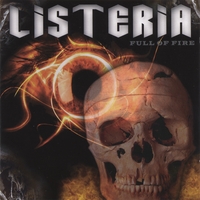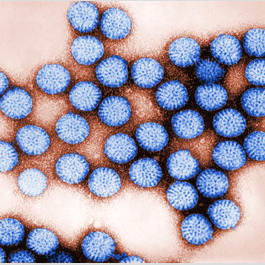Don and Ben talk about UK author Nick Hornby (not to be confused with the non-Canadian Bruce Hornsby). Before they get into food safety stuff the discussion goes to the origins of hip-hop, the Beastie Boys book and Ben Folds. Don’s ongoing bit of talking about British TV comes up and then the guys discuss recent food safety talks they’ve given and Ben’s upcoming bridge tour of Athens, GA.  The real food safety starts with a conversation on a Fox News host’s handwashing habits and top 10 lists of foods (and their click-bait). The guys also discuss tea water safety, Goop, how to become a process authority and software to manage food safety in restaurants. The episode ends with a phenomenal rap video on vitamins.
The real food safety starts with a conversation on a Fox News host’s handwashing habits and top 10 lists of foods (and their click-bait). The guys also discuss tea water safety, Goop, how to become a process authority and software to manage food safety in restaurants. The episode ends with a phenomenal rap video on vitamins.
This episode is available at foodsafetytalk.com or on iTunes.
Show notes so you can follow along at home:
- Nick Hornby – Wikipedia
- Fever Pitch – Wikipedia
- A Long Way Down – Wikipedia
- High Fidelity (2000) – IMDb
- POD Tours America | DPAC Official Site
- Bruce Hornsby – Wikipedia
- GRAMMY.com
- Jack Guzewich | Food Safety News
- Beastie Boys – Wikipedia
- Hip-Hop Evolution – Wikipedia
- Roderick on the Line – Merlin Mann
- Ben Folds Five – Battle Of Who Could Care Less (Video Version) – YouTube
- Ben Folds Five – Battle of Who Could Care Less Lyrics | Genius Lyrics
- Maigret (2016 TV series) – Wikipedia
- Vera (TV series) – Wikipedia
- Northeast Center to Advance Food Safety | The Northeast Center to Advance Food Safety | The University of Vermont
- Louisville, Kentucky – Wikipedia
- Rabbit Hole Distillery | Award-Winning Kentucky Bourbon and Rye Whiskey
- R.E.M. : Murmur (Deluxe Edition) – PopMatters
- Athens, GA – R.E.M. Murmur Railroad Trestle
- ‘Germs are not a real thing’: Fox News host says he hasn’t washed hands in 10 years | Media | The Guardian
- Ben Chapman on Twitter: “I’ll just leave this here for my microbiology/public health friends… “
- Risk follows volume: Introducing the “Pyramid of Risk” – Fur, Farm, and Fork
- Quantitative Assessment of the Relative Risk to Public Health from Foodborne Listeria monocytogenes Among Selected Categories of Ready-to-Eat Foods
- 10 Things Food-Safety Experts Won’t Eat : Food Network | Healthy Recipes, Tips and Ideas : Mains, Sides & Desserts : Food Network | Food Network
- Bacteria likely cause of illness at New Brunswick church potluck, medical officer says | CTV News
- Church BBQ outbreak serves as food safety reminder for charitable events | Food Safety News
- Cleaning and Sanitizing Wood Boards for Cheese Aging
- Cleaners and Sanitizers Appropriate for Use in a Food Processing Environment
- Sanitizing Cutting Boards | Consumer Food Safety | Washington State University
- Cutting Boards and Food Safety
- Harvest and Field Sanitation Practices:Best Practices To Ensure On-farm Food Safety
- Jess Chen on Twitter: “⚡️ “Goop to expand its original content with new Netflix docuseries”
- In new Netflix show, Tim Caulfield truth-squads health and wellness trends – STAT
- Health Relevance of the Presence of Fecal Coliforms in Iced Tea and Leaf Tea | Journal of Food Protection
- US6120825A – Method for the hygienic preparation, storage, handling and dispensing of tea – Google Patents
- the Tea Maker
- Inspection Guides > Guide to Inspections of Low Acid Canned Food 9
- IFTPS Home | IFTPS
- Thermal Processing Professional Training Program: Overview
- AFDO Food Processing Authorities
- Jolt | Restaurant Management Software
- EcoSure Food Safety and Public Health | Ecolab
- Data logger | Testo, Inc
- Microsoft Access – Wikipedia
- THE FAT-SOLUBLE VITAMIN RAP – YouTube
- University of Manitoba – Department of Food and Human Nutritional Sciences – Dr. Michael Eskin
- Stephen S. Chang Award for Lipid or Flavor Science: Michael Eskin – IFT.org
- Anniversary – Wikipedia











